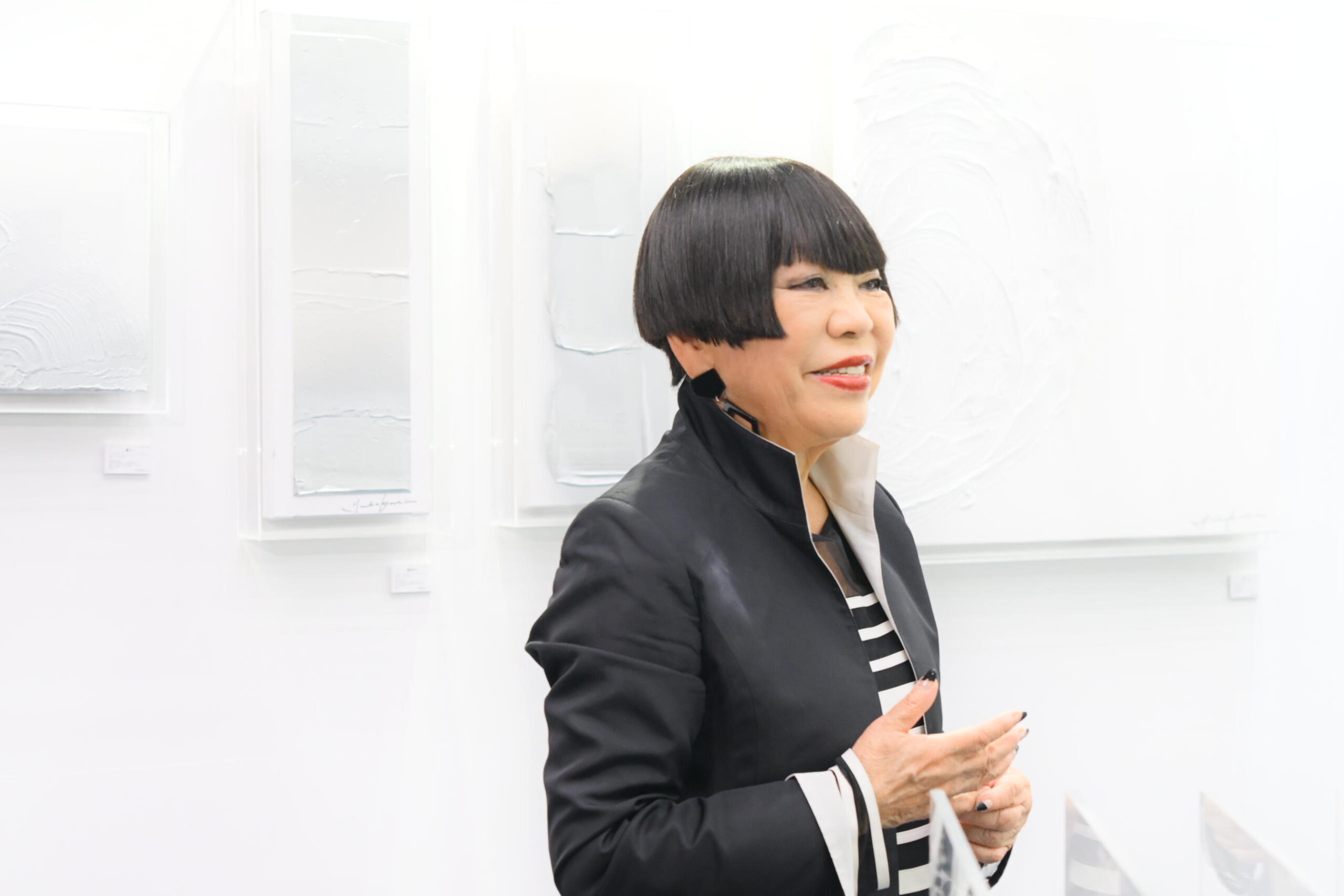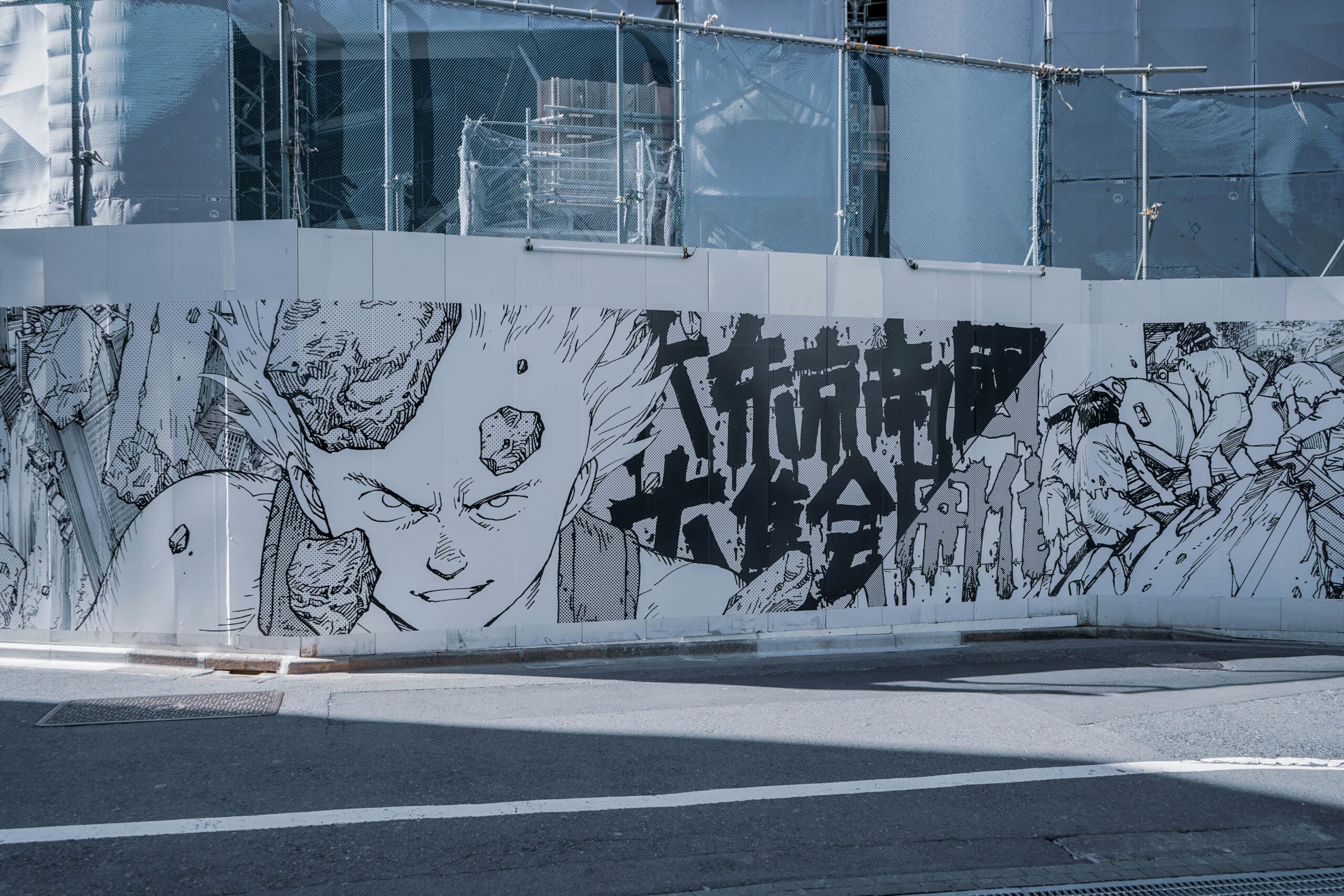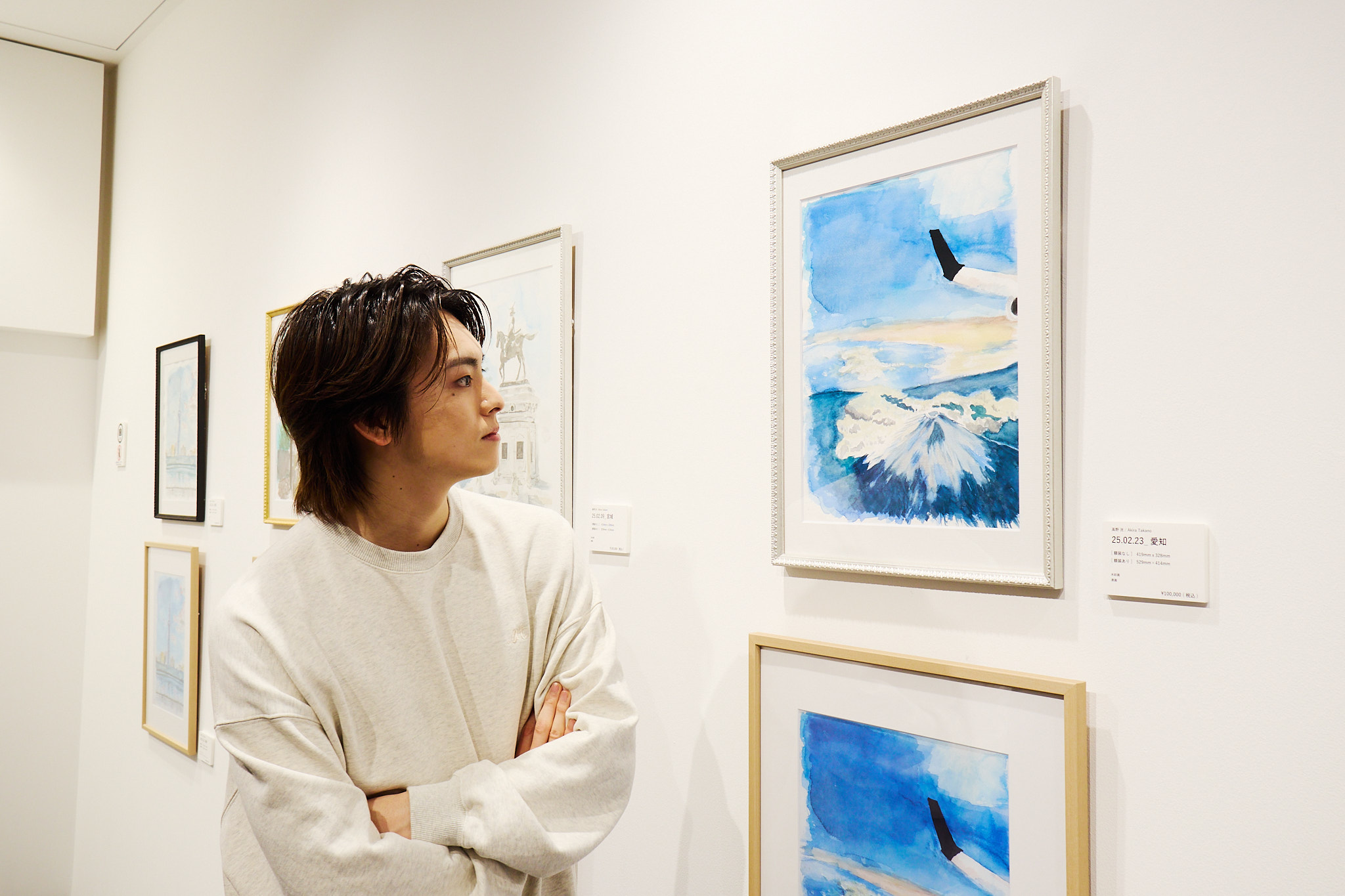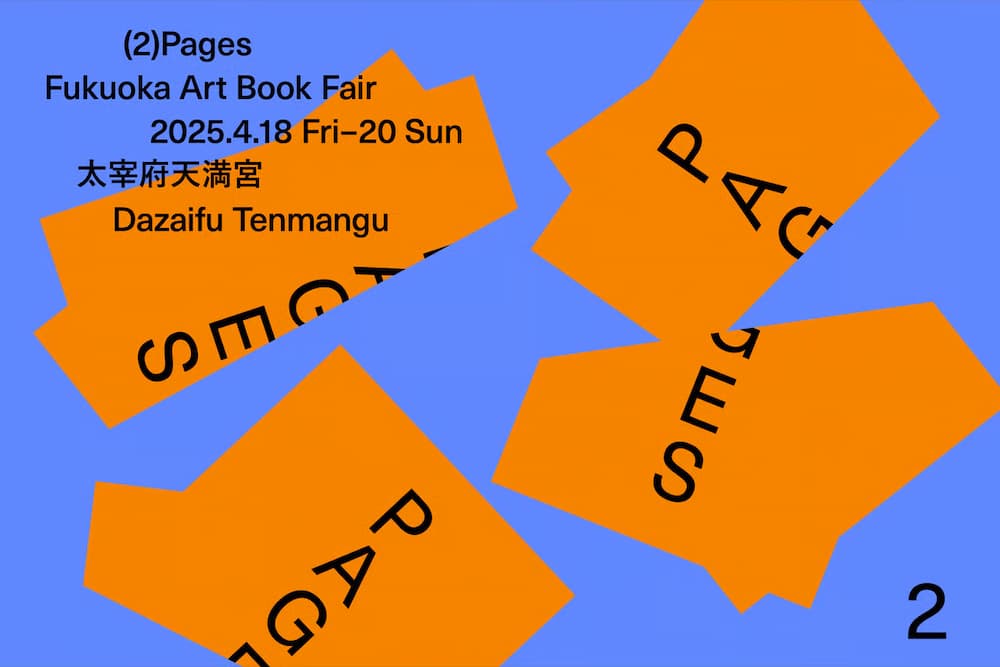“OSAKA INTERNATIONAL ART 2025” was held over two days, May 31 and June 1, 2025. Set at Osaka Castle Hall, this international and large-scale art fair was titled “Let’s Buy Art in Osaka,” with approximately 115 galleries participating. What’s particularly noteworthy is that nearly 40% of the participants were from overseas. This marked the first-ever event aimed at creating a positive cycle in the art environment while connecting “culture” and “economy” through art.

Visitors could enjoy works that are usually difficult even to view, with the mindset of “purchasing” them. Marc Chagall, Andy Warhol, Taro Okamoto, Yayoi Kusama, Junko Koshino… In addition to these well-known masterpieces, various contextual art works were displayed, including Kaiyodo’s “Bronze Alloy Shin Ultraman,” works by COOKIE (comedian Cuckey from Yasei Bakudan), and “ART OF MIKU” featuring Japan’s proud virtual singer software Hatsune Miku.

“This is not an exhibition,” says Naohiko Kishizumi, who served as general producer. So what exactly is this event? To put it bluntly, I think it’s this: “Making money with art in Osaka, the city of commerce.”
This, I believe, is the simplified form of this event. I find it wonderful, but writing it this way would probably provoke rejection and antipathy from many people. And it is precisely this series of emotional reactions that is suggestive of current social conditions and represents the essence of what this art fair proposes.
For example, the Osaka Expo being held simultaneously is an exposition, and when you search for “exposition,” you find “a gathering that displays various products for public viewing, aiming for market expansion and progressive improvement.” While there is an aspect of market expansion, the emphasis there is strongly on “unveiling.”
In contrast, this OIA is an art fair. A fair has a strong character as a market or direct sales event—something like “shopping,” you might say.
What’s important here is not whether you would actually buy something or whether you can afford it, but that there was a declaration of intent and provision of opportunity: “We have prepared a ‘place’ where art can be purchased.”
This has two important significances.

Art Isn’t Just for Museums
Of course, beyond events, there are galleries scattered throughout the country, especially in Tokyo, where you can buy art. There, if artists are present, they might even chat with you casually. These places are far removed from what those who have never visited might imagine—they are spaces that anyone can enjoy. Large-scale international art fairs like this have great potential as catalysts for developing interest in such places.
Led by Marcel Duchamp, the context of contemporary art is revealing the dissolution of “highbrow art.” Just as we usually buy stylish clothes or decorate our rooms with lovely accessories, art too can be bought, owned, and enjoyed (ignoring the fact that compared to regular shopping, there are about three more zeros…).
Things you can get by paying money, things money can’t buy. When art, which has a strong impression as the latter, becomes “purchasable,” the meaning is surprisingly profound. This can be said to help break down the preconception that art is something highbrow.
From Academy to Economy in Art
Still, isn’t it true that we don’t pay enough money for things we like, not just art? The rise of subscriptions has certainly increased convenience. However, systems where you pay a monthly fee once a month for unlimited viewing and listening are gradually but surely diluting the sense that you’re “paying money” for each individual work.
Compared to the days when we rented CDs one by one, that sense of gratitude has faded, and the fact that paying money is a form of respect has been neatly forgotten. The end result of this, where the problem has become apparent, is the countless illegally uploaded works flooding social media. This has developed into a major social problem with arrests being made.
Every time Weekly Shonen Jump is released, people appear to read their favorite works without buying them, but arrests for theft seem quite possible in the not-so-distant future. But the key point isn’t whether they’re breaking the law. Do they really “love” it? Question marks keep spinning around emptily.

At the press conference the day before the event, Junko Koshino appeared alongside general producer Naohiko Kishizumi.
Junko Koshino spoke as follows.
“I think the timing of being able to hold this simultaneously with the Osaka Expo was really good. The fact that many works from around the world are gathering in Osaka means that artists are also gathering here in Osaka. I think this is the first step for this city to deepen opportunities to engage with art.”
What she has consistently emphasized is the importance of talking with people and forming solidarity.
By holding this simultaneously with the Osaka Expo, they aim to create an even larger artistic movement in Osaka. What must not be forgotten at that time is—if I’m not misreading—what OIA has proposed: that art is purchasable and one of our familiar pleasures. And that paying money is respect and something wonderful. Going further, this needs to be pushed down from the recognition of it being something wonderful to the level of something taken for granted. I can’t help but feel that such solidarity is what’s being called for.
OSAKA INTERNATIONAL ART is currently being held during the above period.







